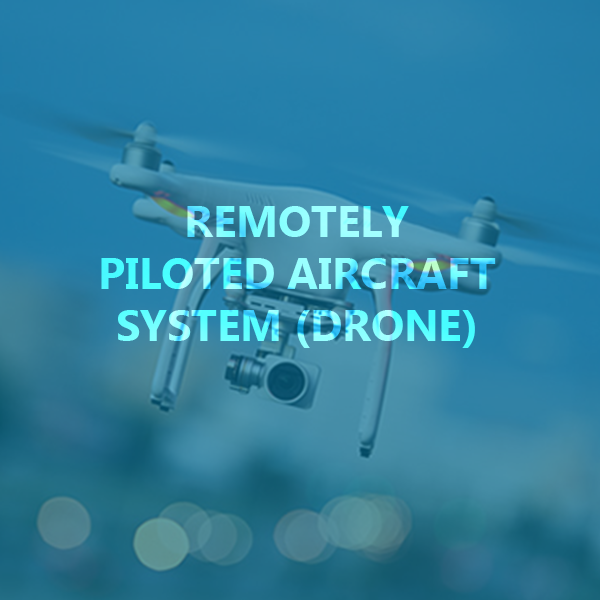
Article 8 of the Convention on International Civil Aviation stipulates: “No aircraft capable of being flown without a pilot shall be flown without a pilot over the territory of a contracting State without special authorization by that State and in accordance with the terms of such authorization. Each contracting state undertakes to insure that the flight of such aircraft without a pilot in regions open to civil aircraft shall be so controlled as to obviate danger to civil aircraft.”
Ghana Civil Aviation Authority (GCAA) in addressing RPAS has provided Ghana Civil Aviation Directive (GCAD) Part 28 to underpin routine operation of RPAS throughout Ghana in a safe, harmonized and seamless manner comparable to that of manned operations. Most importantly, introduction of remotely piloted aircraft into Ghana’s airspace and at aerodromes should in no way increase safety risks to manned aircraft, persons and properties.
This page provides guidance to individuals, organisations and other entities, regarding the contents, instructions and required forms as prescribed in the aforementioned Directive.
GCAA recognizes that in most cases, the unmanned aircraft can only be operated as part of a system, hence the term “Remotely Piloted Aircraft Systems” or RPAS. The RPAS consists of the following:
- Remotely Piloted Aircraft (RPA)
- Remote Pilot Station (RPS), and
- Command and Control link (C2) that joins them.
Consequently, all unmanned aircraft, whether piloted, fully autonomous or a combination of both, are subject to the provisions of GCAD Part 28.
RPAS USEFUL LINKS:
RPAS (DRONES) APPLICATION FORMS
CERTIFIED COMMERCIAL RPAS (DRONES) OPERATORS
RPAS (DRONES) GUIDANCE MATERIAL / ADVISORY CIRCULARS
RPAS (DRONES) SCHEME OF CHARGES
